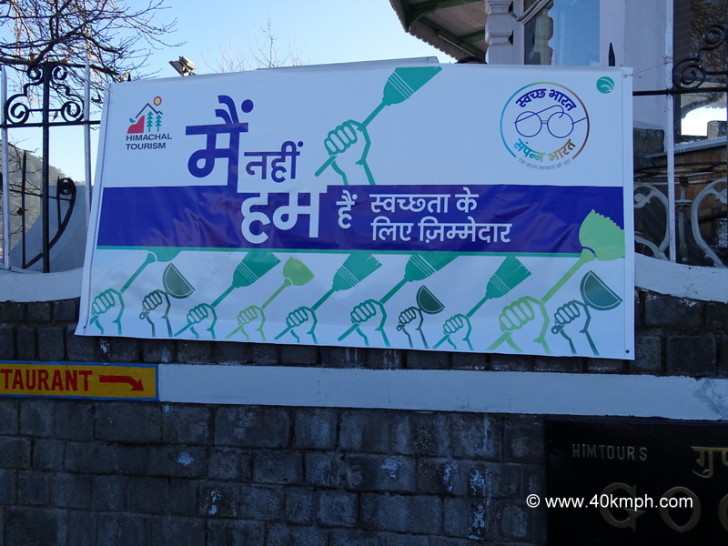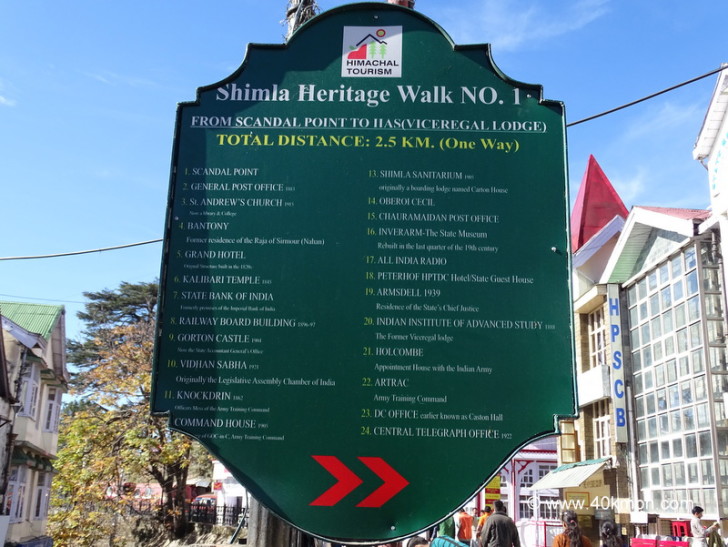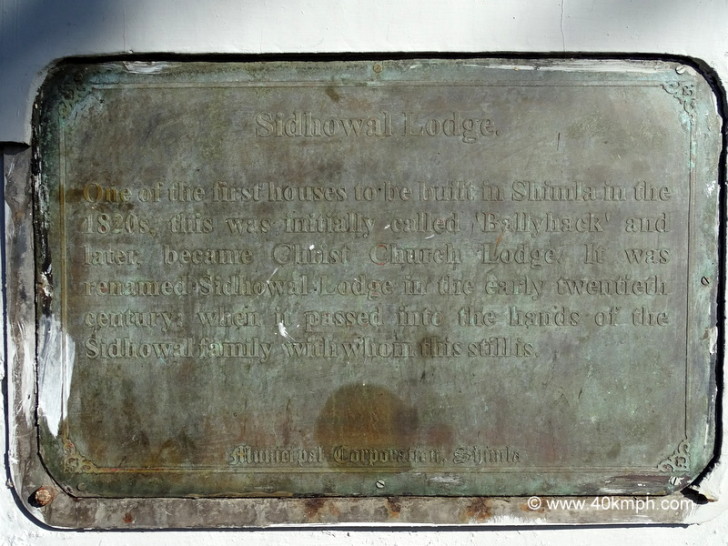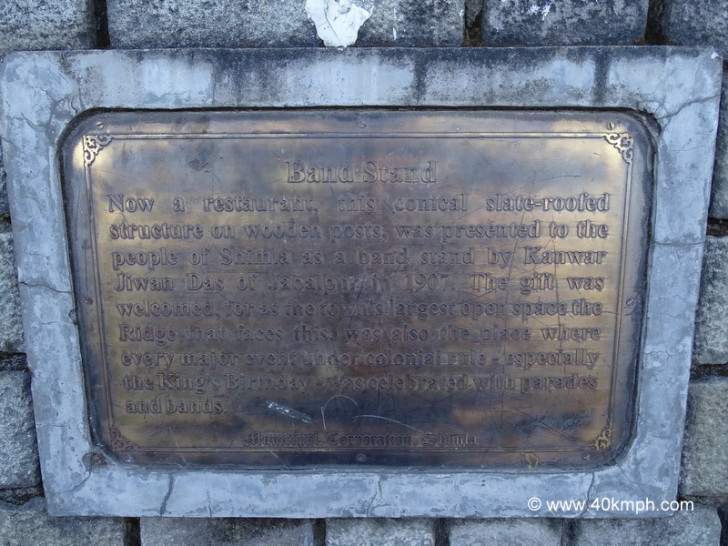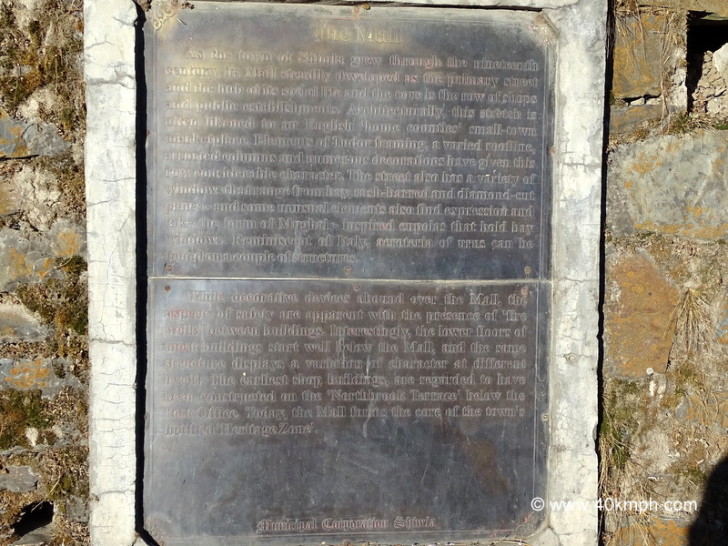As the town of Shimla grew through the nineteenth century its Mall steadily developed as the primary street and the hub of its social life and the core is the row of shops and public establishments. Architecturally, this stretch is often likened to an English ‘home counties’ small-town marketplace. Elements of Tudor framing, a varied roofline, assorted columns, and numerous decorations have given this row considerable character. The street also has a variety of windows that range from the bay, sash-barred and diamond-cut panes – and some unusual elements also find expression and take the form of Mughal – inspired cupolas that hold bay windows. Reminiscent of Italy, acroteria of urns can be found on a couple of structures.
While decorative devices abound over the Mall, the aspects of safety are apparent with the presence of ‘fire walls’ between buildings. Interestingly, the lower floors of most buildings start well below the Mall, and the same structure displays a variation of character at different levels. The earliest shop buildings are regarded to have been constructed on the ‘Northbrook Terrace’ below the Post Office. Today, the Mall forms the core of the town’s notified ‘Heritage Zone’.
जैसे-जैसे उन्नीसवीं सदी में शिमला शहर का विकास हुआ, इसका मॉल तेजी से प्राथमिक सड़क और इसके सामाजिक जीवन के केंद्र के रूप में विकसित हुआ और इसका केंद्र दुकानों और सार्वजनिक प्रतिष्ठानों की कतार है। वास्तुकला की दृष्टि से, इस खंड की तुलना अक्सर अंग्रेजी ‘होम काउंटियों’ के छोटे शहर के बाज़ार से की जाती है। ट्यूडर फ़्रेमिंग के तत्व, एक विविध छत, मिश्रित कॉलम और कई सजावट ने इस पंक्ति को काफी चरित्र प्रदान किया है। सड़क पर विभिन्न प्रकार की खिड़कियाँ हैं, जिनमें खाड़ी से लेकर, सैश-बारर्ड और हीरे-कट वाले शीशे शामिल हैं – और कुछ असामान्य तत्व भी अभिव्यक्ति पाते हैं और मुगल-प्रेरित गुंबदों का रूप लेते हैं, जिनमें खाड़ी की खिड़कियाँ होती हैं। इटली की याद दिलाते हुए, कुछ संरचनाओं पर कलश के एक्रोटेरिया पाए जा सकते हैं।
जबकि मॉल में सजावटी उपकरण प्रचुर मात्रा में हैं, इमारतों के बीच ‘आग की दीवारों’ की उपस्थिति से सुरक्षा के पहलू स्पष्ट हैं। दिलचस्प बात यह है कि अधिकांश इमारतों की निचली मंजिलें मॉल के ठीक नीचे शुरू होती हैं, और एक ही संरचना विभिन्न स्तरों पर चरित्र की भिन्नता प्रदर्शित करती है। माना जाता है कि सबसे पुरानी दुकान की इमारतों का निर्माण डाकघर के नीचे ‘नॉर्थब्रुक टेरेस’ पर किया गया था। आज, मॉल शहर के अधिसूचित ‘विरासत क्षेत्र’ का केंद्र है।
(English to Hindi Translation by Google Translate)
Like this:
Like Loading...
